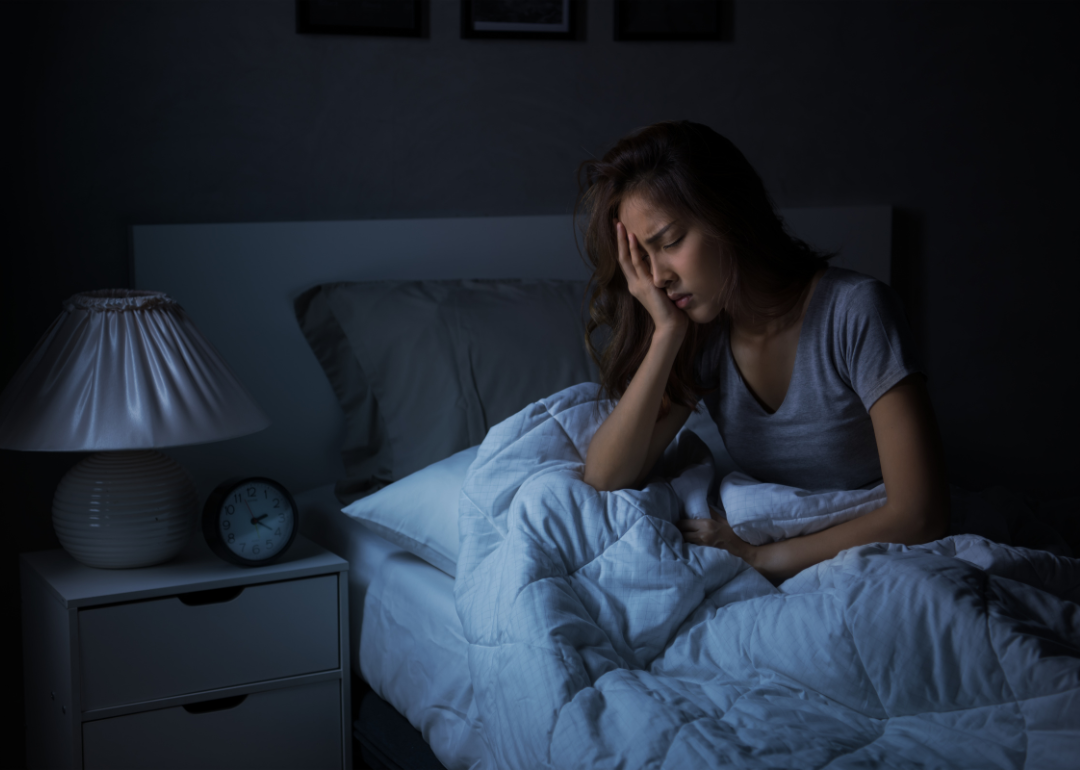
This story originally appeared on Slumber Yard and was produced and distributed in partnership with Stacker Studio.
How to recognize 15 common sleep disorders
Clues that an individual might have a sleep disorder can range from excessive daytime sleepiness to issues with mood, memory, energy, and more. Snoring, uncontrolled muscular movements, gasping for air, shouting, and even engaging in everyday activities during sleep are among the other signs that someone could have a sleep disorder. Symptoms vary depending on the type of sleep disorder and its cause.
People with a possible sleep disorder can be aware or unaware of their symptoms; sometimes a partner may notice snoring or other symptoms that occur at night, while a colleague might witness daytime drowsiness. Since lack of sleep can contribute to many health issues, health care professionals see patients who report other concerns or discover test results that could indicate a sleep disorder.
Individuals with sleep disorders can experience problems beyond exhaustion, such as higher risks of cardiovascular problems and diabetes. Furthermore, missing out on shut-eye can create disturbances in entire bodily systems, including metabolism and immune function.
Abnormalities of the neurological system can trigger the development of sleep disorders, as can pharmaceutical drugs, stimulants, and poor sleep patterns. According to reporting by Houston Public Media, even temporary circumstances, like the COVID-19 pandemic and the economic recession, can result in a sleep disorder. Diagnosing a sleep disorder usually requires the expertise of a sleep specialist; however, as reported by TechCrunch, the tech startup Tatch is developing a patch for individuals to collect sleep data to share with their health care providers.
Slumber Yard consulted a variety of trusted health sources, such as Mayo Clinic, Healthline, and the National Institute of Neurological Disorders and Stroke, to compile a list of 15 common sleep disorders and their symptoms.
Explore this list to learn more about signs that a sleep disorder might be behind that extreme exhaustion or bad mood.
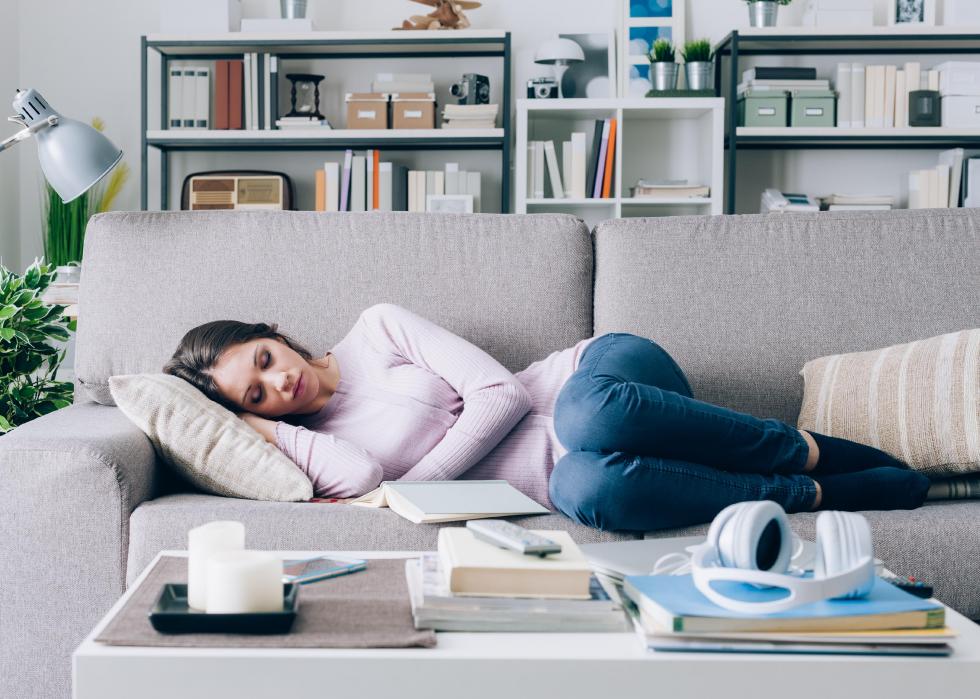
Hypersomnia
Individuals with primary hypersomnia often feel the need to nap multiple times during the day, whereas those with secondary hypersomnia sleep during the day because of other health issues—including Parkinson's disease, sleep apnea, chronic fatigue syndrome, and kidney failure—cause poor sleep at night. Men are more prone to hypersomnia than women. Other symptoms of the disorder include low energy, memory problems, and irritability.
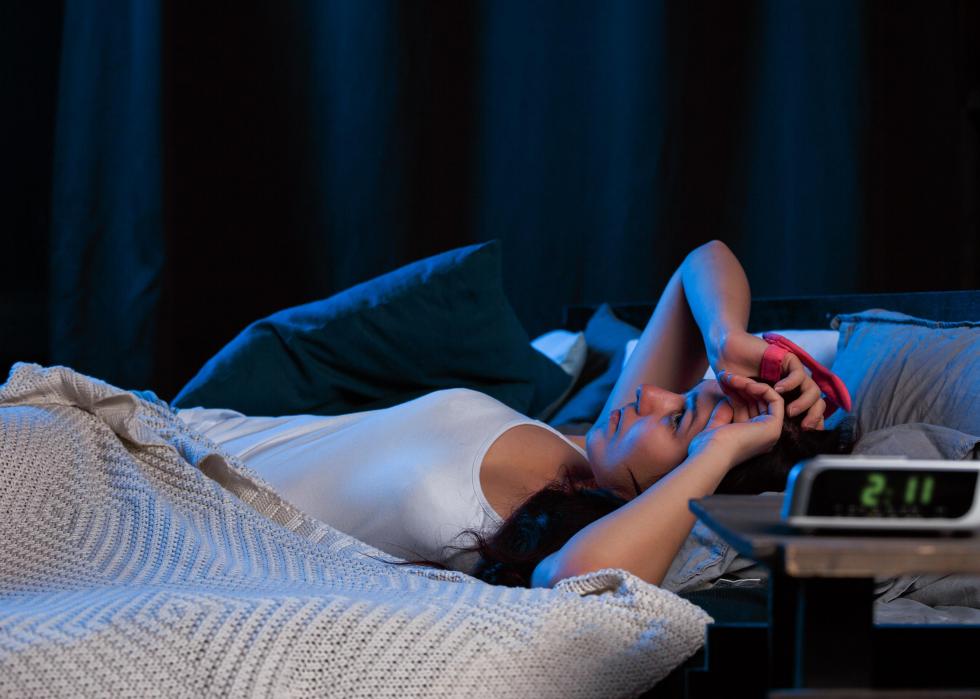
Acute insomnia
Stress is often the culprit behind acute insomnia, which can persist from a few days to several weeks. Other factors can include noise, light, unusual surroundings, pain, and jet lag. People with acute insomnia can have difficulty falling or staying asleep, resulting in feeling tired, distracted, depressed, and irritable. Proper sleep hygiene —sleeping in a cool, dark room; following a daily sleep schedule, and exercising regularly at least five hours prior to bedtime—can help.
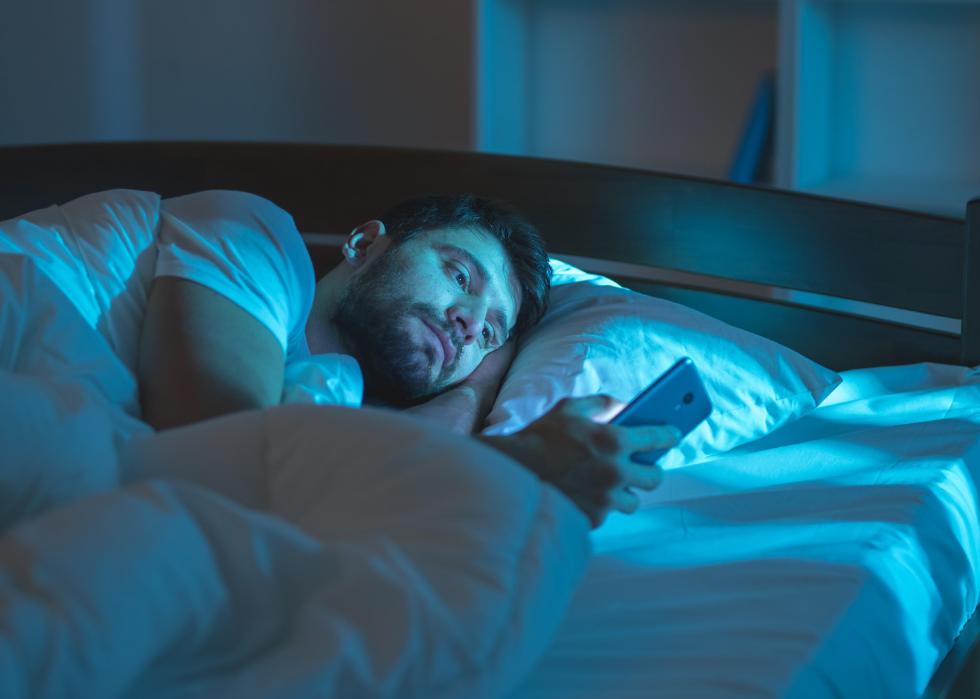
Chronic insomnia
Individuals who have difficulty sleeping three or more times each week for one month or longer are experiencing chronic insomnia. The disorder typically manifests as an inability to fall asleep or stay asleep or by waking too early. Chronic medical conditions and mental health issues can contribute to chronic insomnia, as can medications, stimulants, and lifestyle factors, including shift work and jet lag.
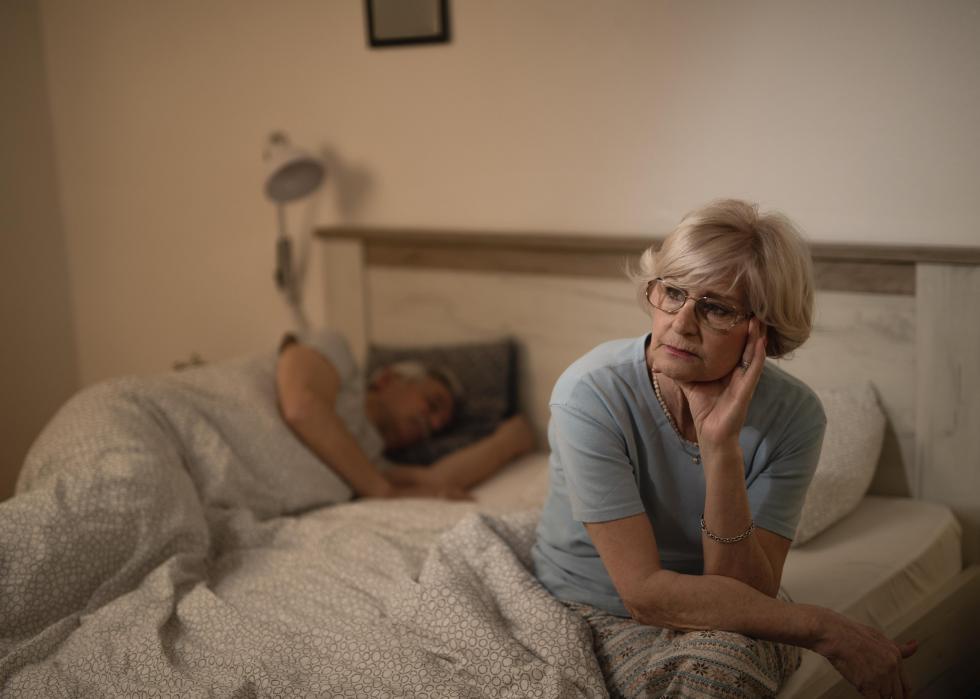
Onset insomnia
Stress and depression are among the issues that can cause onset insomnia, which affects the ability to fall asleep. Stimulants and other sleep disorders, including restless leg syndrome, can also be at play. Mood swings, anxiety, irritability, and issues with concentration are among the typical symptoms.
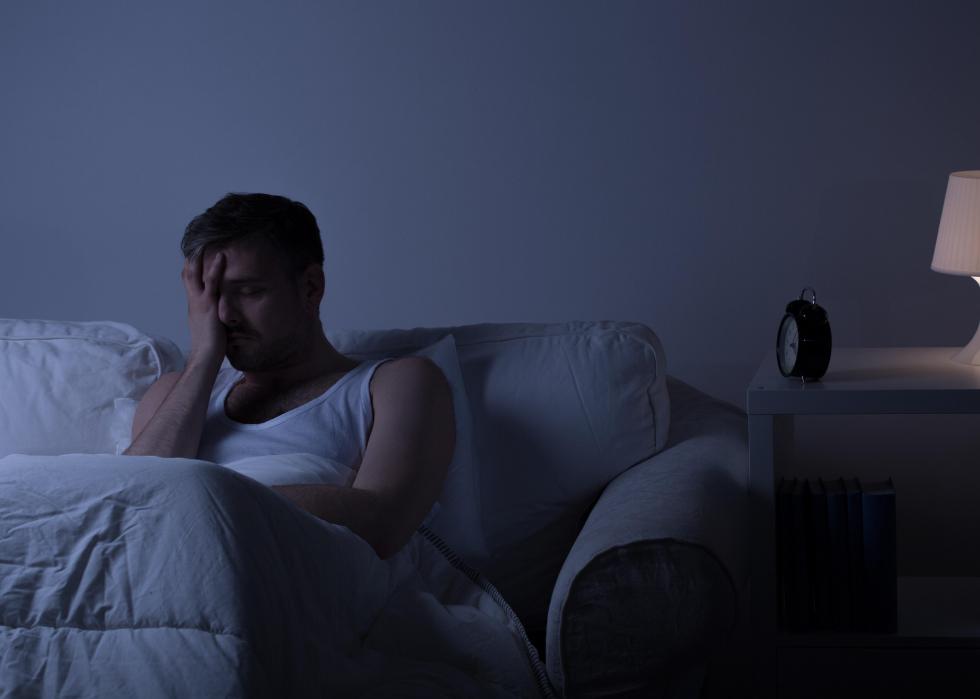
Maintenance insomnia
Both medical conditions—including sleep apnea, GERD (gastroesophageal reflux disease), and asthma—and mental health issues like depression can trigger maintenance insomnia, marked by difficulty staying asleep and not being able to return to sleep after waking during the night. Individuals with this sleep disorder often worry about not getting enough sleep, thus creating a vicious and exhausting cycle.
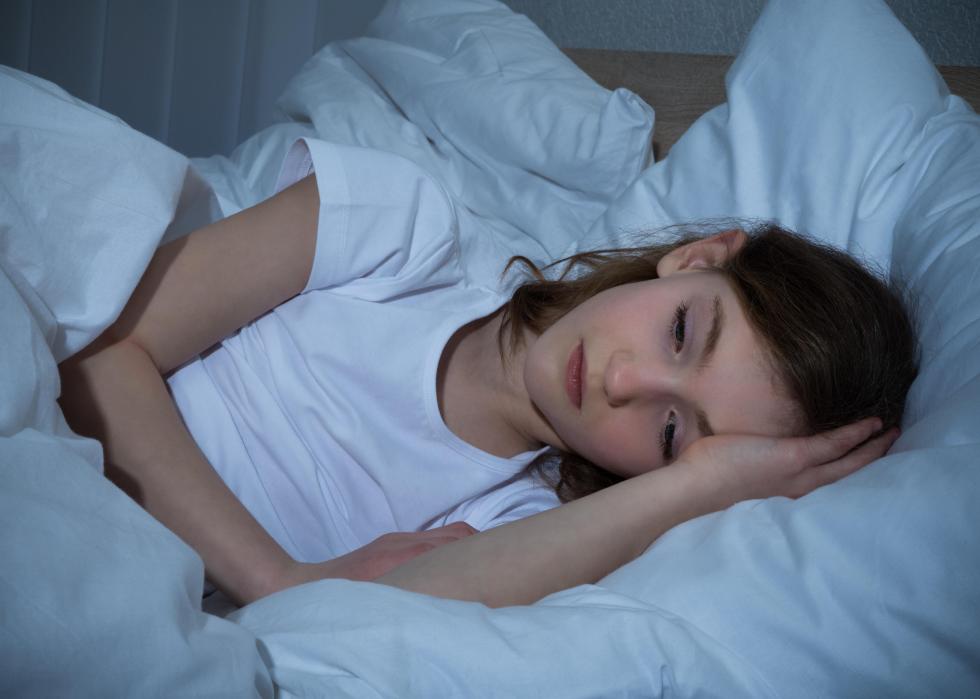
Behavioral insomnia of childhood
Two factors—negative associations with sleep and parental incapacity to set limits—are behind most cases of behavioral insomnia of childhood, which can lead to excessive daytime sleepiness, problems with learning, and emotional control issues. Parents and their children working together to make behavioral changes—such as teaching a child to self-soothe, setting and adhering to limits, and establishing a positive bedtime routine—often help to resolve this disorder.
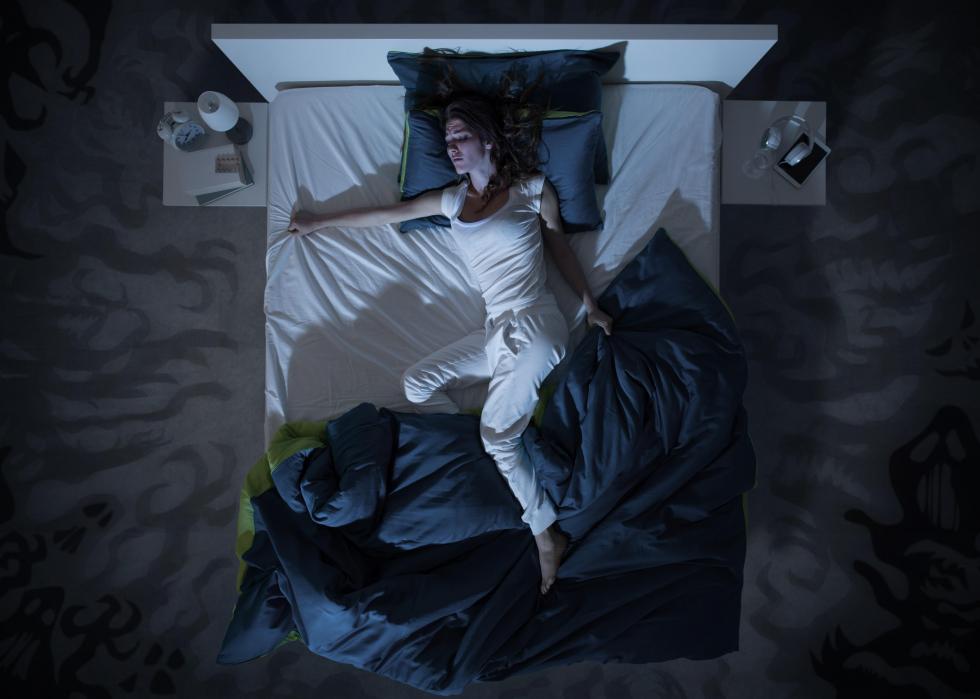
Periodic limb movement disorder
The primary symptom of periodic limb movement disorder (PLMD) is twitching, jerking, and flexing the legs and arms while sleeping, as often as every 20 to 40 seconds. Daytime drowsiness and workplace performance issues from lack of sleep are other telltale symptoms. While the cause of primary PLMD is unknown, secondary PLMD is typically the result of an underlying medical condition, such as diabetes or anemia. Pharmaceuticals, lifestyle changes, and/or treatment of the underlying condition can usually effectively manage the disorder.
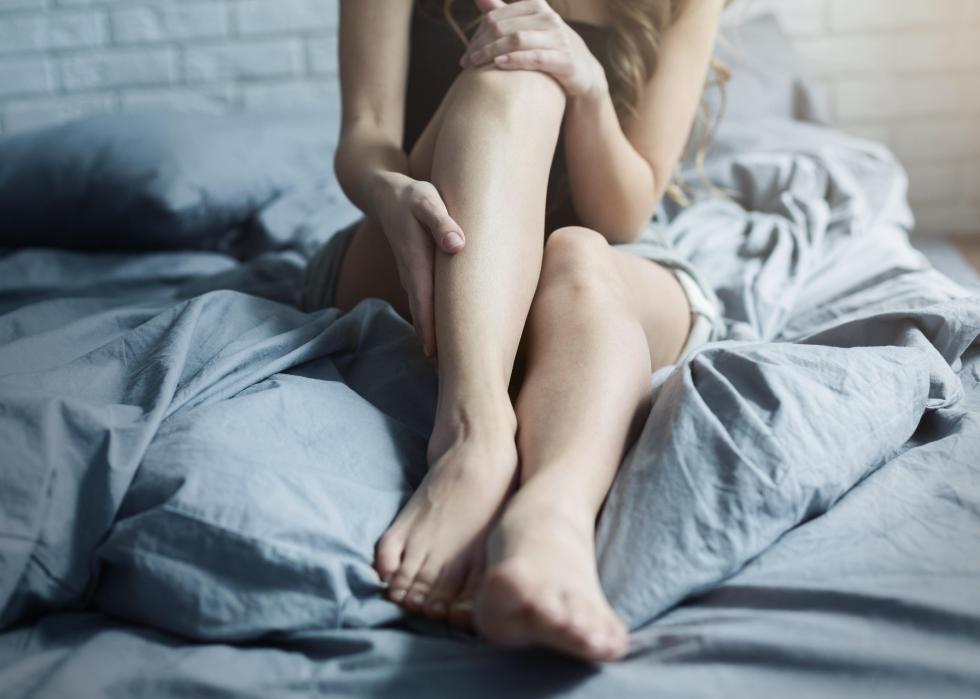
Restless leg syndrome
Tingling, burning, and crawling sensations in the legs, along with the need to move them, are the main symptoms of restless leg syndrome. These uncomfortable sensations tend to arise in the late afternoon or evening and are triggered by sitting and lying down, which can then make falling and remaining asleep challenging. Like periodic limb movement disorder, restless leg syndrome can also affect the arms and is treated with lifestyle changes—such as relaxation techniques and limiting consumption of alcohol, caffeine, and tobacco—and medication.
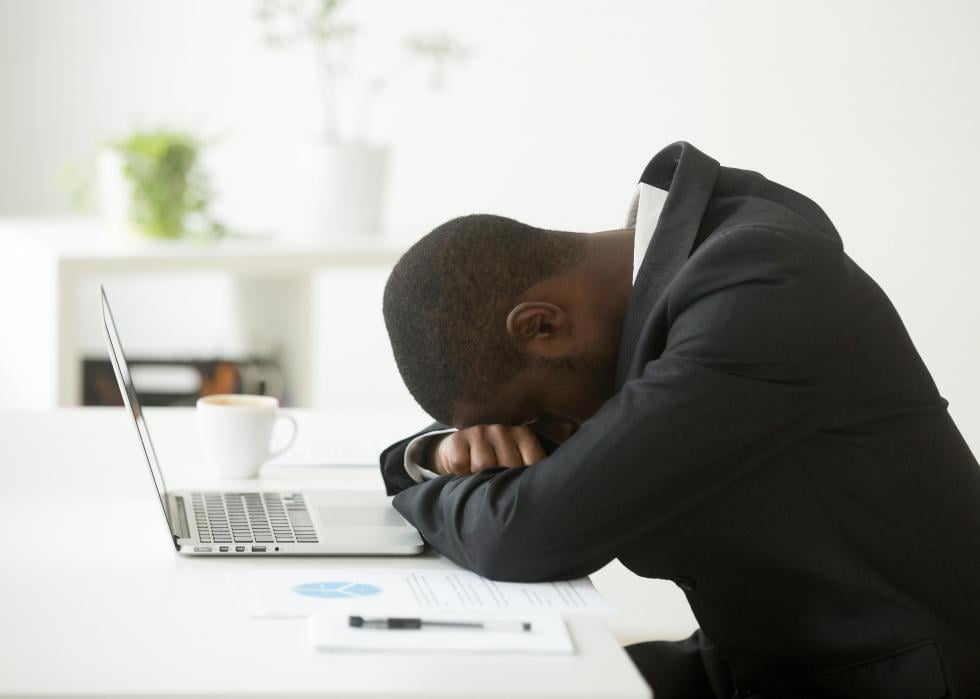
Type 1 narcolepsy
The brains of individuals with narcolepsy are unable to manage sleep-wake cycles. Type 1 narcolepsy is marked by low levels of a brain hormone called hypocretin and the onset of cataplexy, which is the loss of muscle tone and voluntary muscle control that comes on suddenly and is often triggered by a strong emotional response, such as excitement, anger, or fear. Other symptoms of Type 1 narcolepsy range from excessive daytime sleepiness to hallucinations to temporary paralysis that occurs either while falling asleep or waking up.
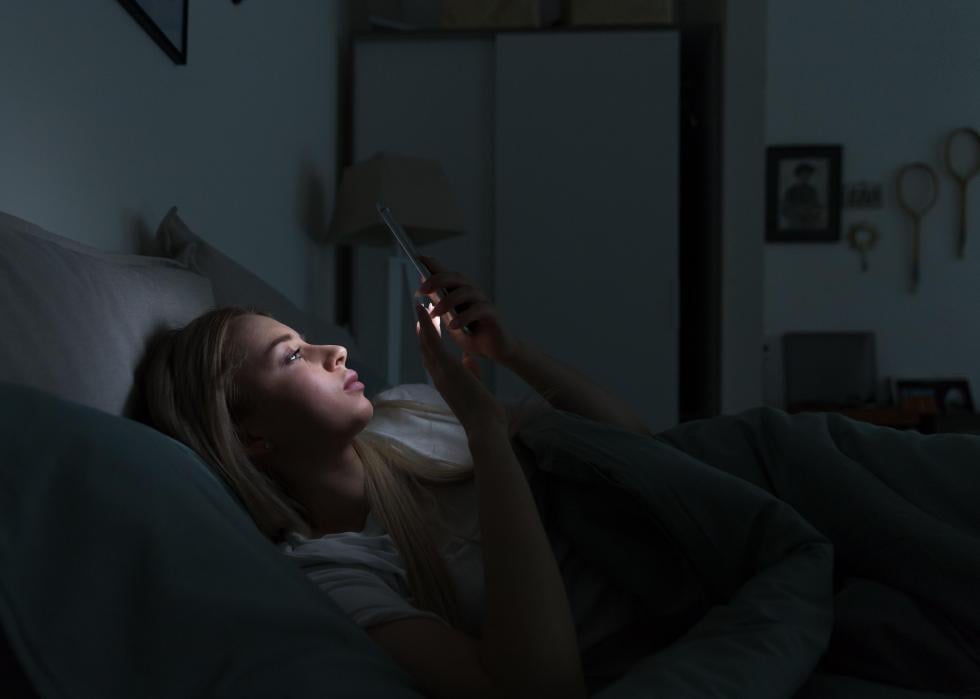
Type 2 narcolepsy
Narcolepsy with normal levels of hypocretin and not accompanied by cataplexy is termed Type 2 narcolepsy. People with Type 2 narcolepsy usually also experience less severe daytime sleepiness and hallucinations.
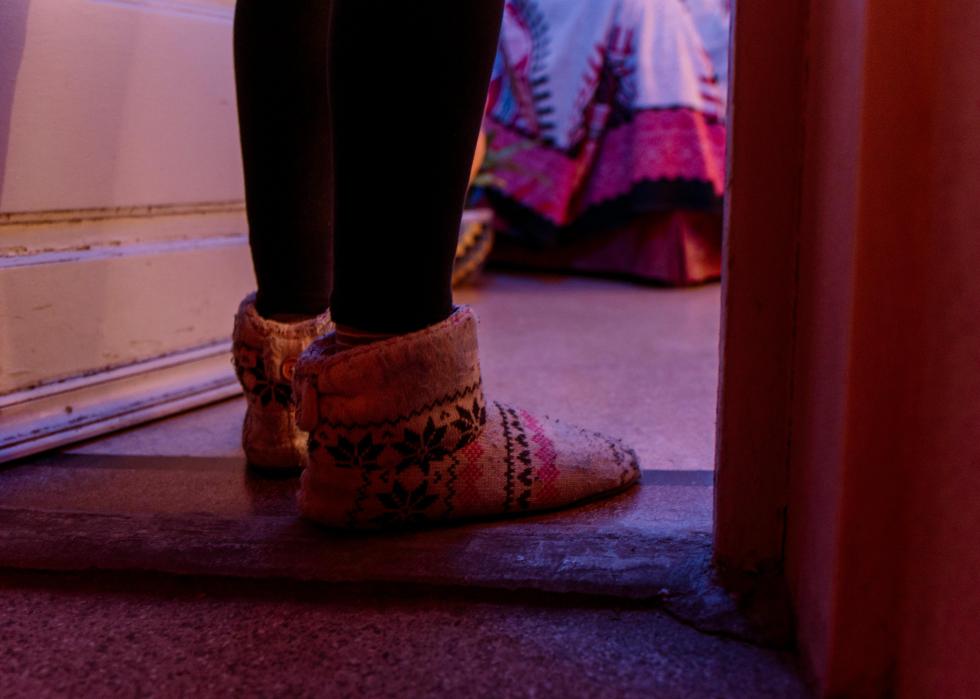
Sleepwalking
Somnambulism, also known as sleepwalking, is a disorder in which individuals leave their beds and walk around while sleeping; they can also engage in everyday activities—such as speaking, eating, dressing, or using the bathroom—while asleep. Sleepwalking usually occurs during the first hour or two of sleep while a person is in non-rapid eye movement (NREM) sleep. Genetics, severe exhaustion, stress, alcohol, or caffeine prior to sleeping, and, occasionally, an underlying medical condition can trigger sleepwalking episodes.
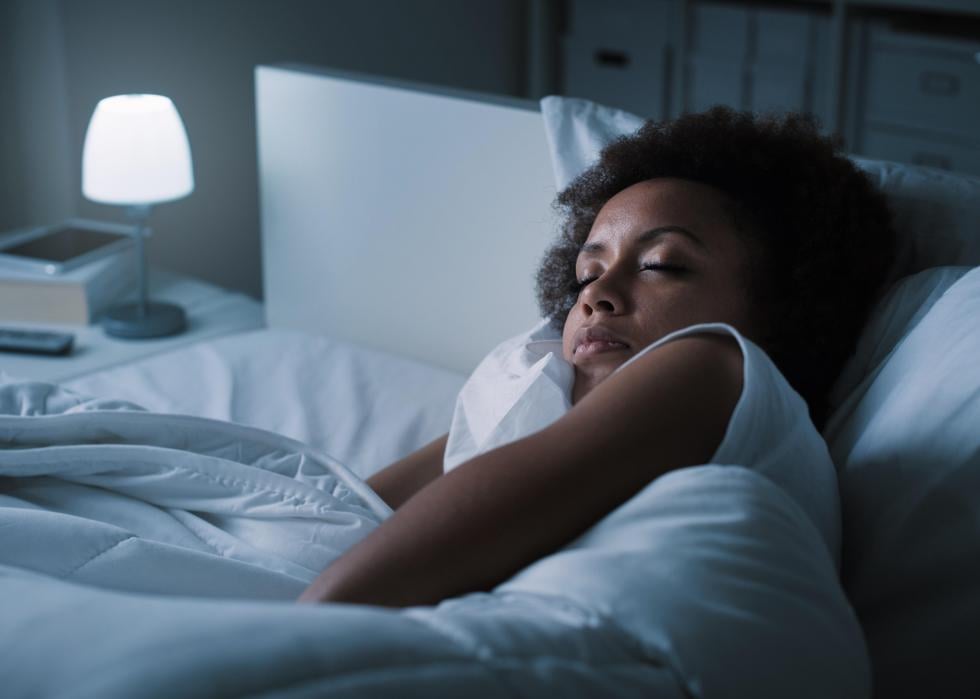
Sleep talking
People experiencing somniloquy, more commonly referred to as sleep talking, may mumble, talk in gibberish, hold logical conversations, and even speak in a different voice or language at any point during the sleep cycle, across both REM and non-REM phases. Like sleepwalking, sleep talking is more likely if it runs in a family or if the individual is severely exhausted or stressed. Illness and an accompanying fever can also increase the chances of sleep talking.
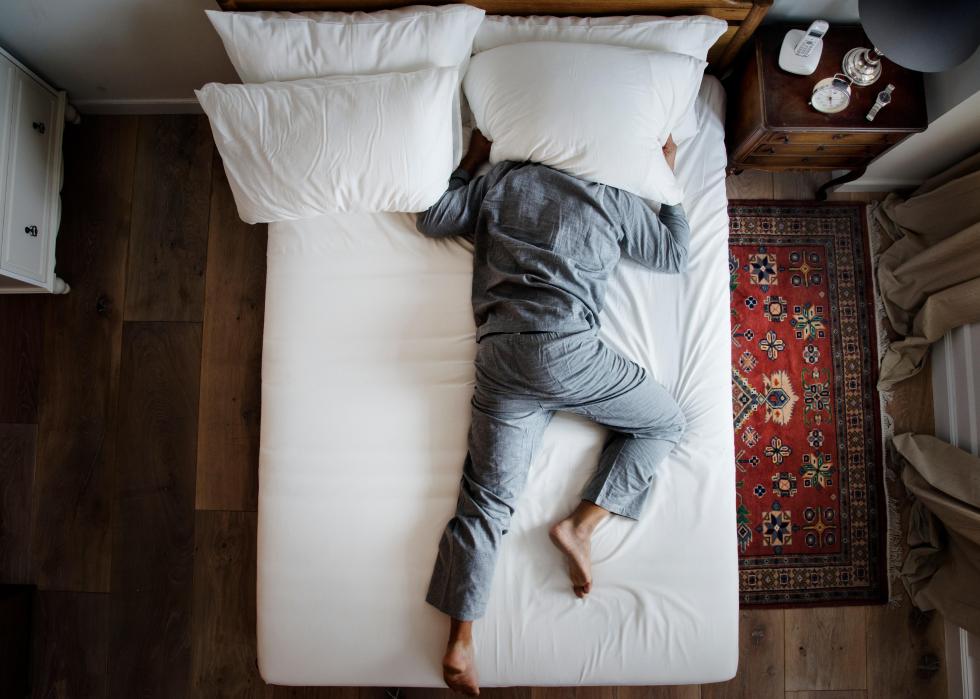
REM sleep behavior disorder
Individuals with REM sleep behavior disorder act out their vivid dreams during REM phases and then can recall what occurred in their dreams when they awake. These actions can include punching, kicking, shouting, and jumping, depending on what is happening in the dream. Sometimes, REM sleep behavior disorder is associated with a neurodegenerative disease, such as Parkinson's disease and multiple system atrophy (MSA).
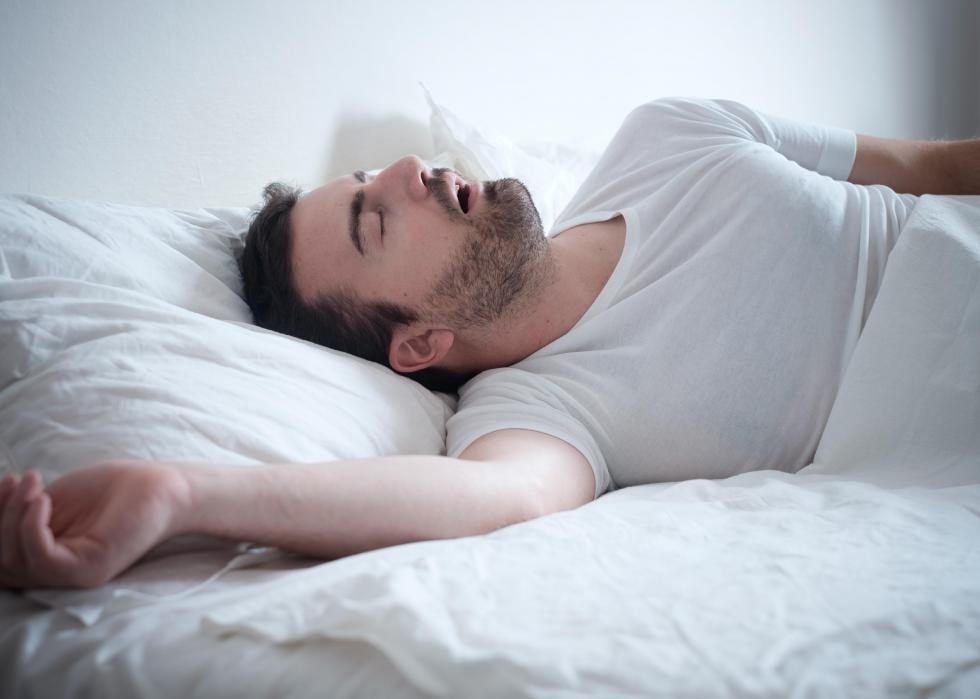
Obstructive sleep apnea
Snoring or gasping for air during sleep and extreme daytime sleepiness are just a few of the symptoms of obstructive sleep apnea, which is caused by a blockage of the upper airway due to the relaxation of the muscles of the throat. The primary concern of obstructive sleep apnea is when people have episodes in which they temporarily stop breathing during sleep, sometimes occurring up to dozens of times an hour. Obstructive sleep apnea is linked with serious health conditions, including Type 2 diabetes, high blood pressure, heart issues, and more.
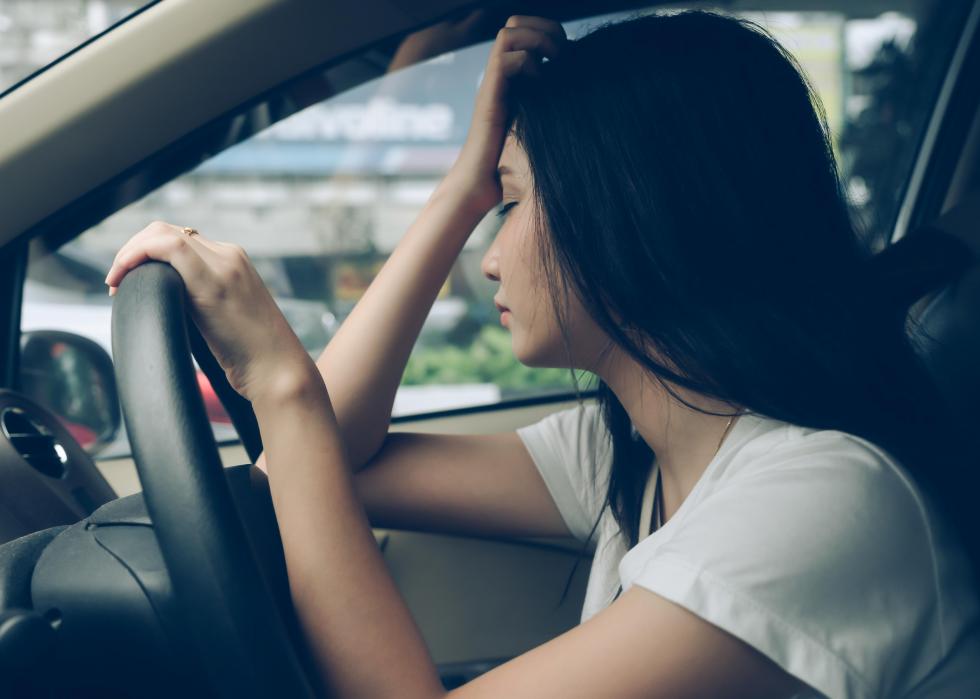
Central sleep apnea
A serious illness that has caused damage to the lower brain stem is typically the cause of central sleep apnea. This damage prevents the brain from instructing the body to breathe, even up to 20 seconds at a time in newborn babies. Sometimes it can be confusing to differentiate central sleep apnea from obstructive sleep apnea, as several symptoms—like daytime sleepiness, morning headaches, and irritability—can overlap. However, central sleep apnea typically does not cause snoring. Some people have a combination of both types of sleep apnea.



